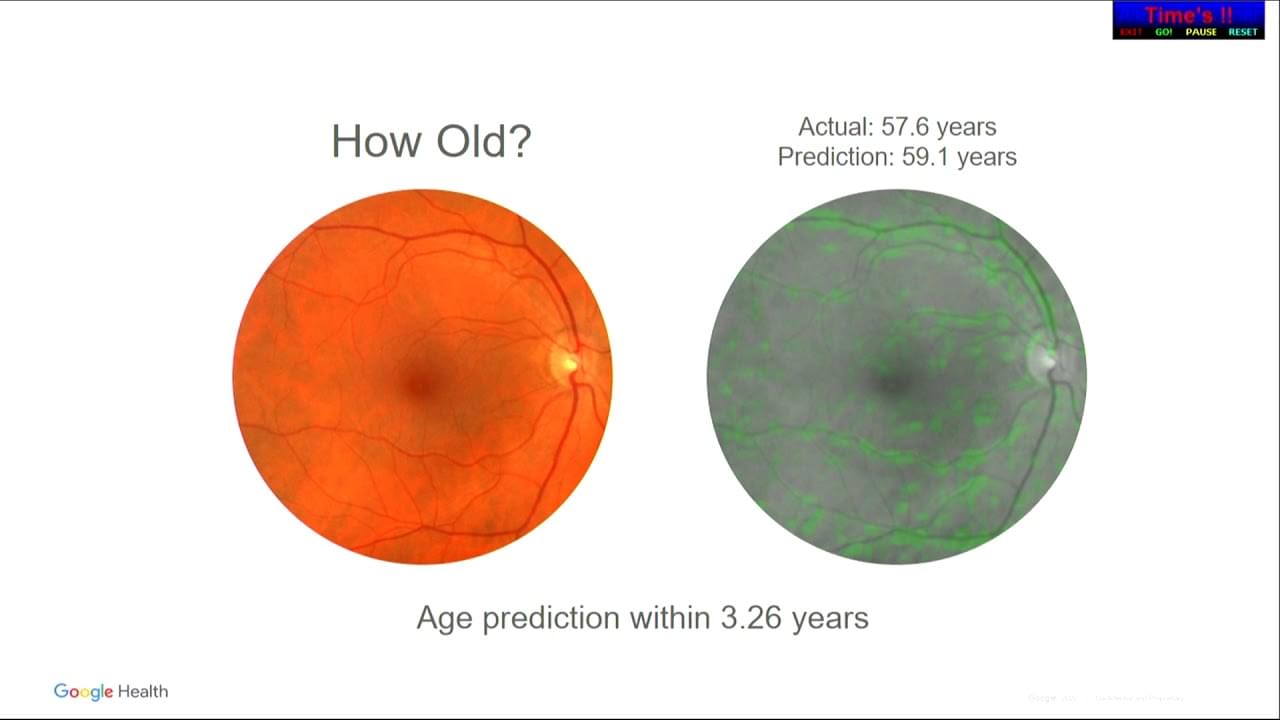Page 1613
Jan 26, 2024
BMW Putting Humanoid Robots to Work in Its Factory
Posted by Raphael Ramos in category: robotics/AI

BMW has signed an unprecedented deal with the robotics firm Figure to bring general-purpose humanoid robots into its factories.
Jan 26, 2024
Two-faced AI language models learn to hide deception
Posted by Shailesh Prasad in category: robotics/AI
‘Sleeper agents’ seem benign during testing but behave differently once deployed. And methods to stop them aren’t working.
Jan 26, 2024
Cornell researchers develop breakthrough EV battery that charges under 5 mins
Posted by Shailesh Prasad in categories: engineering, sustainability, transportation
A research team led by Lynden Archer, professor and dean of Cornell Engineering, has developed a new lithium battery that can charge in as little as five minutes. This could help address anxiety associated with the charging time of electric vehicles (EVs) and increase their adoption.
In their bid to reduce emissions from transportation, countries worldwide are looking to electrify various modes of transport. Road-based transport such as cars, buses, and trucks have led this transformation, aiming to even ban the sale of fossil fuel-powered cars in the next decade.
With technological advances, the fastest commercial charger can charge up an EV in no less than 30 minutes. While this might be a major improvement over the 8-hour charge cycles of a typical home-based charger, it still needs to be improved for large-scale adoption of EVs.
Jan 26, 2024
DragonFire laser weapon achieves UK’s first high-power firing
Posted by Shailesh Prasad in categories: energy, military
The DragonFire laser-directed energy weapon (LDEW) system has achieved the UK’s first high-power firing of a laser weapon against aerial targets during a trial at the MOD’s Hebrides Range.
The DragonFire is a line-of-sight weapon and can engage with any visible target, and its range is classified. The system is able to deliver a high-power laser over long ranges and requires precision equivalent to hitting a £1 coin from a kilometer away.
Laser-directed energy weapons are incredibly powerful and can engage targets at lightning-fast speeds. They use a concentrated beam of light to cut through their target, resulting in structural failure or other devastating outcomes if the warhead is targeted.
Jan 26, 2024
Scientists Just Invented a Video Camera That Lets You See How Animals See Color
Posted by Shailesh Prasad in category: electronics
The novel tech should allow scientists and filmmakers to produce videos that accurately represent the colors seen by animals such as bees for the first time.
Jan 26, 2024
Scientists may finally know where the biggest, oldest black holes in the universe came from
Posted by Dan Breeden in category: cosmology
The presence of supermassive black holes in the earliest epochs of the universe has scientists stumped — but repeated explosions from tiny black holes may offer an explanation.
Jan 26, 2024
Reversible dynamics with closed time-like curves and freedom of choice
Posted by Dan Breeden in categories: internet, quantum physics
4 reviewer reports (4 anonymous)
13 citations in the Web of Science Core Collection.
Classical and Quantum Gravity Published by IOP Publishing Indexed in the Web of Science Core Collection Engages in Transparent Peer Review.
Jan 26, 2024
Unifying gravity and quantum mechanics without the need for quantum gravity
Posted by Dan Breeden in categories: quantum physics, space
Jonathan Oppenheim at University College London has developed a new theoretical framework that aims to unify quantum mechanics and classical gravity – without the need for a theory of quantum gravity. Oppenheim’s approach allows gravity to remain classical, while coupling it to the quantum world by a stochastic (random) mechanism.
\r \r.
For decades, theoretical physicists have struggled to reconcile Einstein’s general theory of relativity – which describes gravity — with quantum theory, which describes just about everything else in physics. A fundamental problem is that quantum theory assumes that space–time is fixed, whereas general relativity says that space–time changes dynamically in response to the presence of massive objects.

















